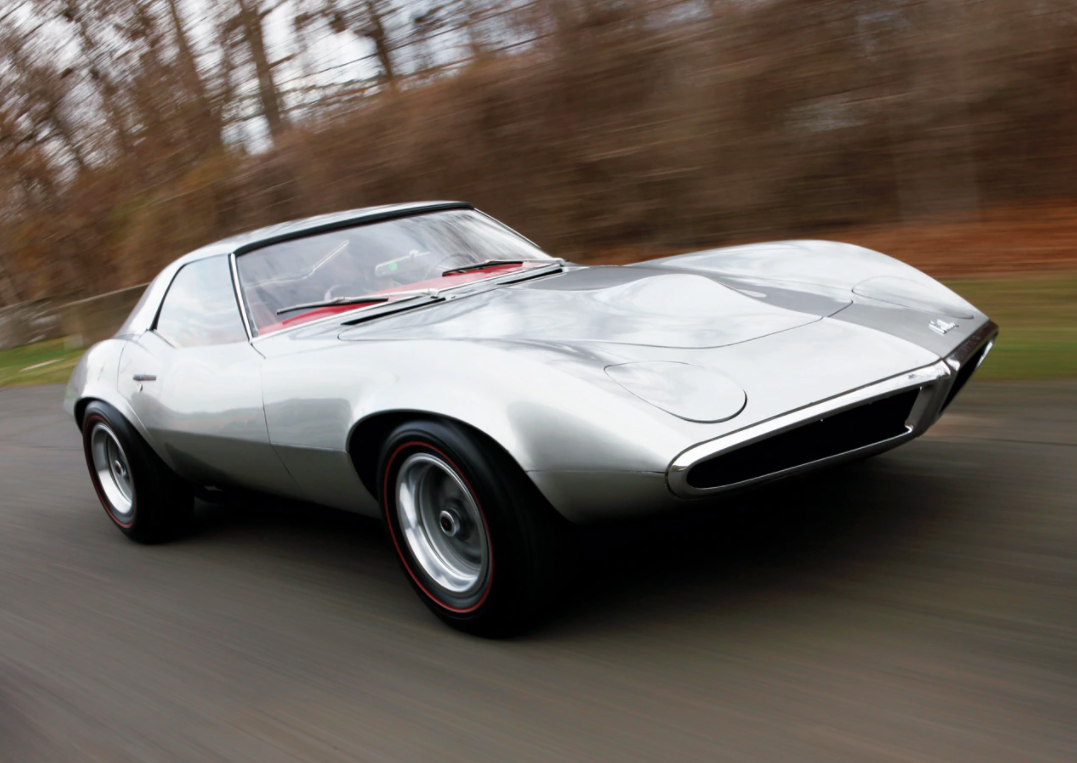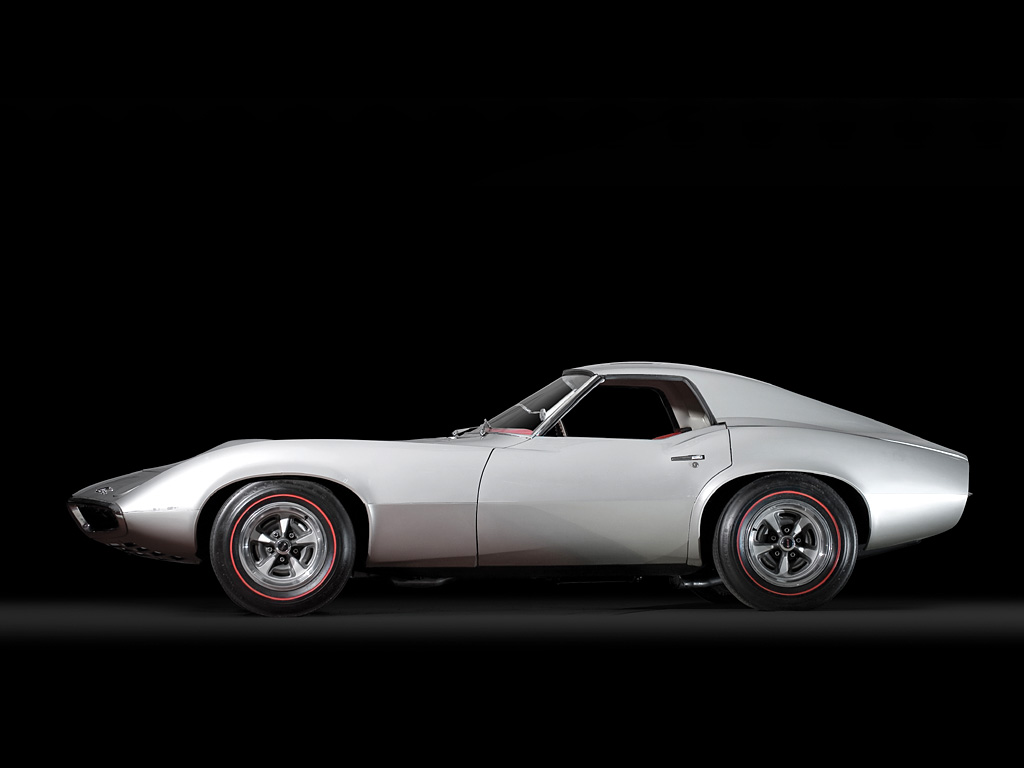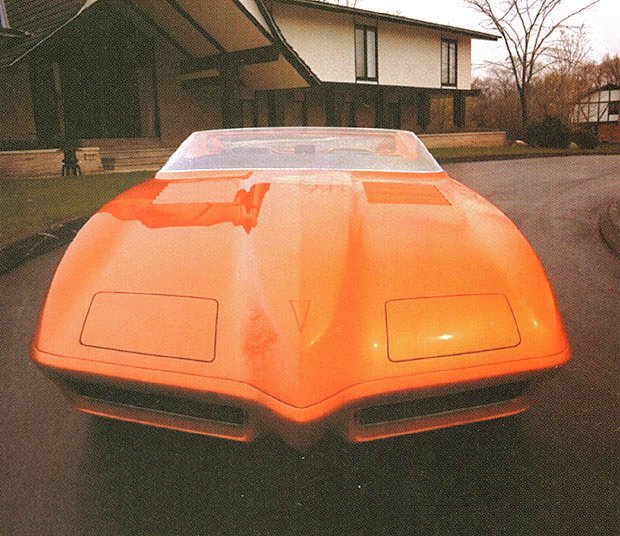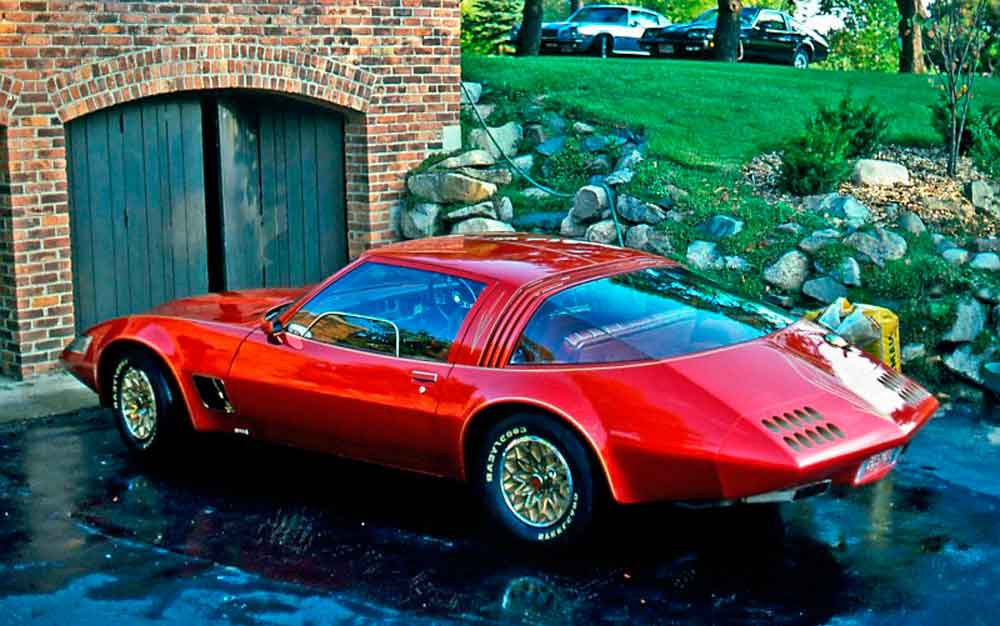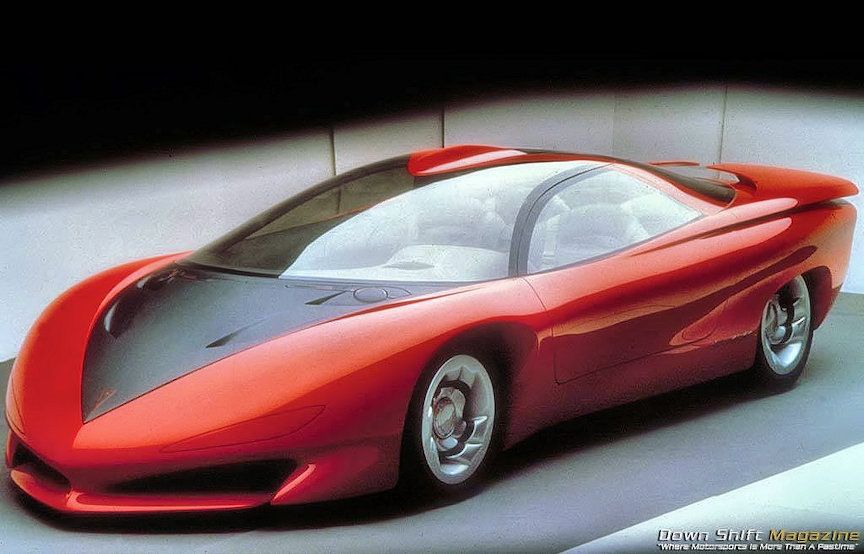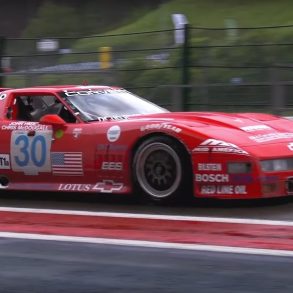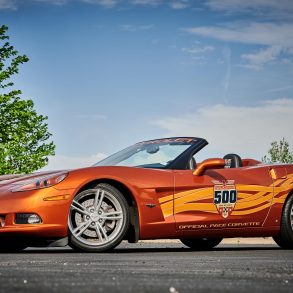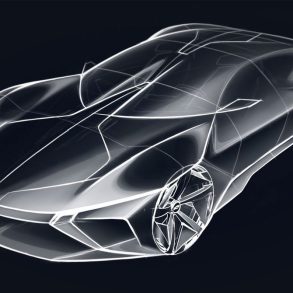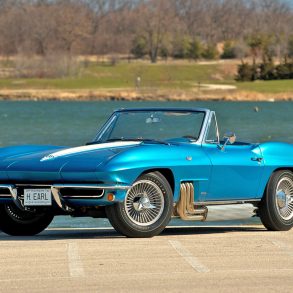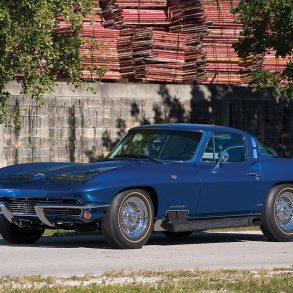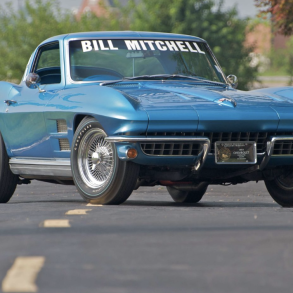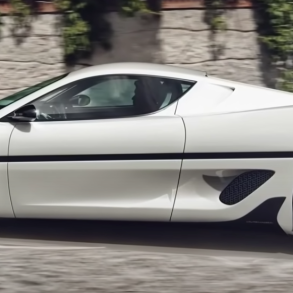With the passing of successive generations, a nearly endless number of vehicle designs and concepts have been pitched to execs across the automotive industry. Many of these designs die in the very meeting in which they are pitched. Reasons for this stem from a lack of creative originality, or a design not being consistent with the direction in which a particular manufacturer is heading.
However, in the case of the Pontiac Banshee, a design can fail to receive final approval, due solely to the fact that the car in question would likely become a threat to the sales of a brand’s flagship offering. This is a lesson that John DeLorean, much to his disgust, was forced to come to terms with.
Banshee (1964)
The mid-1960s were an ever-changing time in the automotive world. The vast majority of manufacturers were striving to set themselves apart from their counterparts. Out of this jockeying for position, the Ford Mustang was born. The Mustang was released to much fanfare, with sales numbers being highly reflective of this fact. This led a number of manufacturers to seek out their share of this highly lucrative market space.
During this same period, the GTO, originally offered as an options package for the Pontiac LeMans, had begun to garner a following of its own. However, one of the project’s chief designers, John DeLorean, was not yet content with Pontiac’s footprint in the performance/sports car sector. Instead, he set out to engineer something revolutionary by design, that would yield performance and driveability characteristics of sufficient fortitude to topple the Mustang’s elite status.
It was out of this desire that the XP-883 concept car was born. This particular car was known by the Pontiac design team staff as the Banshee. Ultimately, two original Banshee concept cars were built. Out of these two, one was a soft-topped roadster, and the other featured a removable hardtop.
The Banshee featured sleek body lines, a 90-inch wheelbase, and weighed in at only 2,615 pounds. The car also boasted a 421 H.O. engine that was mated to a Muncie M-21 four-speed transmission. It appeared that there was a bright future ahead for the Banshee, if only it reached production. Unfortunately, it never did.
When DeLorean set out to secure the approval that was needed to send the Banshee into full-fledged production, his requests were met with steadfast rejection. Although the Banshee was poised for potential greatness, there was indeed a stumbling block in DeLorean’s path.
The Banshee, with its comparable horsepower to the Corvette of the day, and it’s notably lighter curb weight, was seen as a direct threat to the American icon’s elite status. Because of this, rejection was levied against DeLorean’s ambitions for the Banshee. It seemed, as if, GM executives had taken a hardline stance against the Banshee, for no other reason than the fact that they felt it would become formidable opposition to the Corvette, in both the performance and sales arena.
Even with a revised presentation of an inline 6-cylinder option that yielded a reported output of 165 HP, the Banshee failed to secure the number of signatures required to send it to production. Instead, DeLorean was told to cease all work on the current project and proceed to design duties on a Pontiac branded version of the Camaro, which would ultimately become the Firebird.
However, the story of the Banshee was far from over. On September 10, 1965, a memo was passed down to Bill Mitchell, GM’s Head of Design, that featured a request to modify the Banshee’s clays into a more Chevrolet-esque two-passenger coupe design.
When the C3 Corvette debuted in 1968, it held a striking resemblance to the Banshee that had previously been barred from production. In an ironic turn of events, it seemed as if the Banshee had become the latest inception of the very car that it had been forbidden to stack up against.
Banshee II (1968)
Despite GM’s adamant disapproval of John DeLorean’s Banshee design project, persistent redevelopment continued. By this time, DeLorean had made considerable headway in the design and development of the Firebird, which had been the project in which he was forced to resume, upon receiving initial news of the Banshee’s rejected production.
It was upon this platform that the Banshee II was designed. This rendition featured aerodynamic, fiberglass paneling over the Firebird’s interior structural components. Additional staples of the Banshee II were flush wheel covers, brake cooling vents, a cut-down windshield, and a louvered hood. The Banshee II also featured a lowered ride height over its Firebird counterpart, and housed a 400 cubic-inch V-8.
However, this subsequent redesign failed to develop into anything more than a conceptual think-tank for the development of other vehicles to come.
Banshee III (1974)
Again, pioneered by the Firebird that John DeLorean had been so instrumental in developing, the Banshee III was released in 1974. The Banshee series had continued to evolve in a manner that provided a window into futuristic stylings that the automotive world had yet to fully grasp.
This third rendition of the Banshee featured a long sloping front end, as well as enhanced aerodynamic rear stylings. To further increase aerodynamic capabilities, the Banshee III featured covered headlamps, a smooth flowing sheet metal bumper covering, and fixed side glass that was fitted flush to the car’s sheet metal panels.
The third rendition of the Banshee came equipped with a 455 cubic-inch Super Duty V8 Pontiac engine, that was more than capable of putting power to the track beneath it.
Aside from its rich list of performance purposed features and characteristics, the Banshee III also lent segments of its design to GM production cars to come. The most notable of which was the common front-end traits shared between this concept car and later Trans-Ams models.
Banshee IV (1988)
In 1988, the car that would prove to be the Banshee’s final rendition was released for public viewing. The Banshee IV was far more futuristic in design than any of the other three conceptual releases to that point. Every singular body line was sculpted as such to minimize wind drag and to bolster aerodynamic capabilities.
A 4.0L, dual-overhead-cam engine capable of 230 HP was utilized as the powerplant for the Banshee IV. This engine came as a unique choice, as the experimental power plant featured an integral block/head design that required no head gasket. This was a purely experimental engine and was leftover from a previous design effort that had since ceased.
The technology contained within the cabin of the Banshee IV was nothing short of revolutionary as well. A fully operable HUD (Heads Up Display) was featured, as well as integrated controls at the steering wheel that served a multitude of functions. Other interior features included a function-rich navigation system and electric seats.
Overall, the fourth generation Banshee drove many of the future aspirations toward the Firebird. A number of the Firebird’s body line contours and trim characteristics can easily be attributed to the Banshee IV and the developments that it represented.
A Legacy Of Lending Ideas
What began as John DeLorean’s quest to further entrench his name into the history books, by designing a sports car boundless in its performance, ultimately ended in a tale of what is perhaps the most influential car that never reached production. Despite the outright refusal by GM executives to give the Banshee their all-powerful nod of approval, the extent of this storied concept car’s reach is not lost to time.
Although DeLorean never saw his creation take on such a revered status as he had hoped, the Banshee directly influenced decade’s worth of design across such models as the Trans-Am, Firebird, and of course, the Corvette. That in itself is an accomplishment worthy of much merit.


